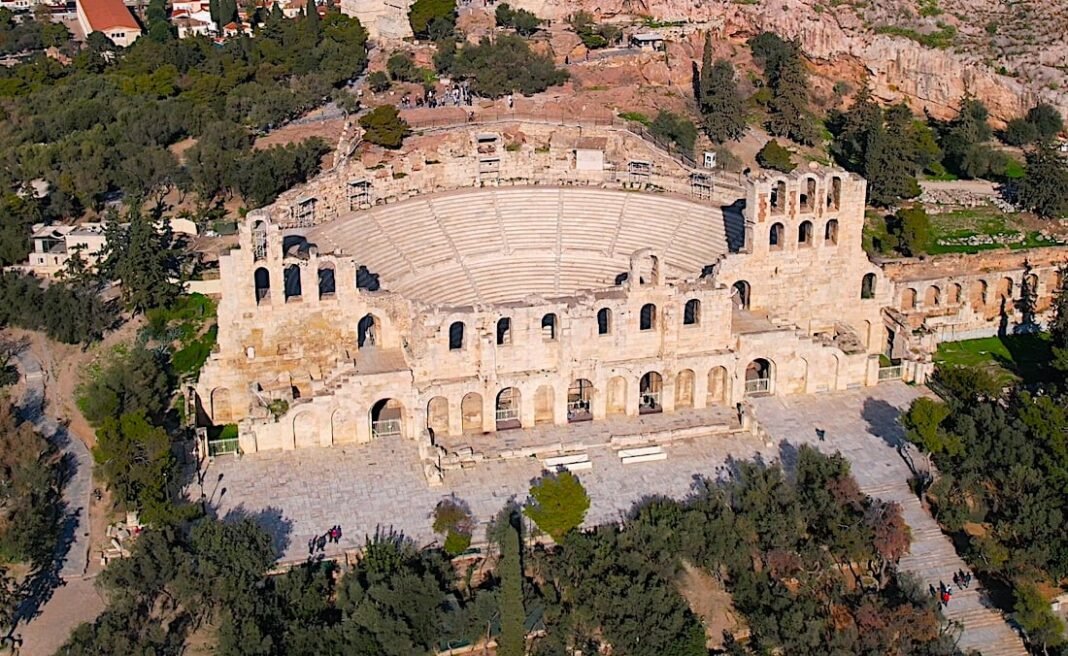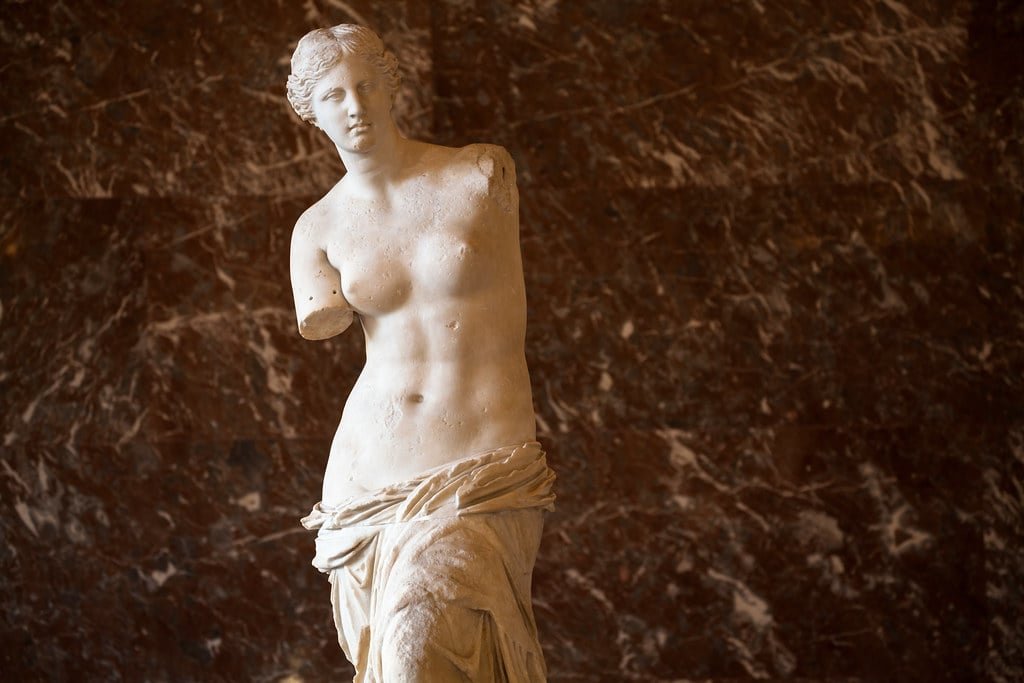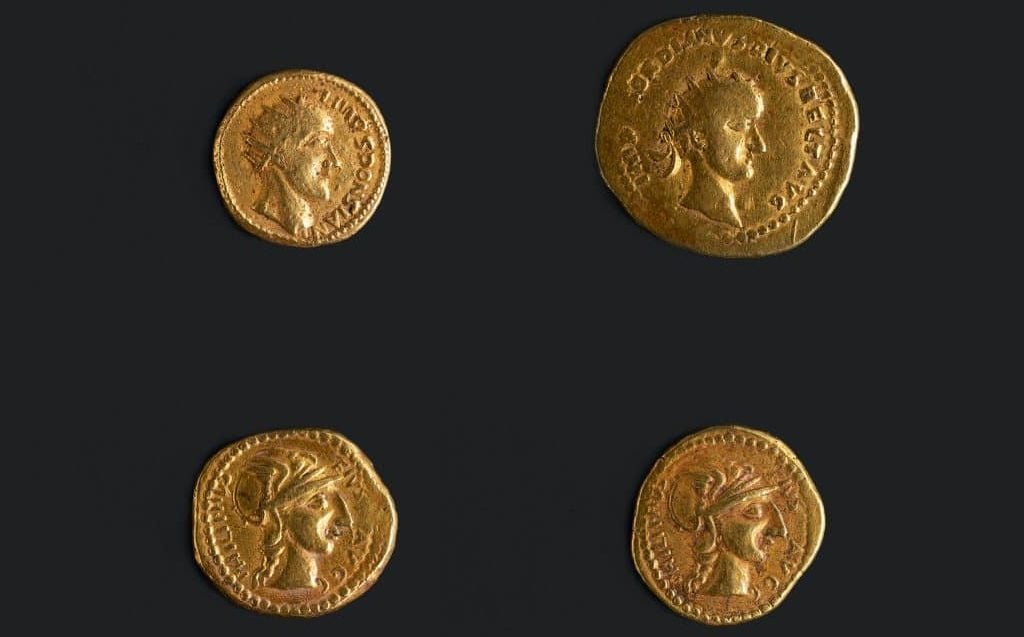
The ancient Odeon of Herodes Atticus, the marble theater nestled at the foot of the Acropolis, hosted its final performance of the season on October 16, 2025, before closing for extensive restoration and conservation works expected to last a minimum of three years.
The decision marks the first long-term closure of the site in decades and signals a rare pause for one of the world’s most atmospheric open-air theaters. According to Greek Minister of Culture, Lina Mendoni, the reopening date will depend on the results of ongoing structural studies. “What is certain,” she said, “is that the restoration will take no less than three years.”
A pause for the heart of Greece’ cultural season
For decades, the Odeon has been the beating heart of the Athens Epidaurus Festival, Greece’s premier celebration of music, theater, and dance.
“When people think of Athens’ cultural life, they think of the festival — and of the Odeon of Herodes Atticus,” said Katerina Evangelatos, the festival’s artistic director, using the theater’s Greek name in an interview with the Associated Press.
The festival, which typically runs from May through October, will now have to relocate key performances during the restoration period — a logistical and emotional challenge for audiences and artists alike.
Preserving a monument worn by time
Experts from Greek Ministry of Culture say the decision follows years of monitoring that revealed serious wear on the structure.
Archaeologist Eleni Kountouri, who supervises the restoration, identified multiple forms of deterioration: biological growth in crevices where water collects, the spread of plant roots through joints, deep fissures within the marble, and cracks caused by temperature fluctuations.
Past repairs, some dating back to the 1950s, have also begun to fail, prompting a comprehensive conservation plan to reinforce the ancient stonework, improve drainage, and ensure long-term preservation. The project will use modern techniques while maintaining the monument’s authenticity and distinctive beauty.
A theater of legends
Built in 161 AD by Herodes Atticus, a wealthy Roman senator and orator, the Odeon was dedicated to his late wife, Aspasia Annia Regilla. Designed as a steep-sloped theater with a three-story stone façade and a roof crafted from prized cedar of Lebanon, it could hold up to 5,000 spectators.
The structure was destroyed in 267 AD by the invading Heruli and remained in ruins for centuries until its reconstruction in the 1950s, when its orchestra and audience tiers were restored using Pentelic marble, the same stone that gleams on the Parthenon. Since then, it has stood as Athens’ most prestigious cultural venue — a place where antiquity meets modern artistry.
A living monument to music and memory
Over the decades, the Odeon has welcomed an extraordinary roster of performers: Maria Callas, Luciano Pavarotti, Frank Sinatra, Elton John, and Coldplay, among others. Greek composers such as Mikis Theodorakis and Manos Hatzidakis made history on its stage, while legendary singer Marinella offered one of its most emotional performances in recent memory.
As Athens bids farewell — for now — to its beloved marble amphitheater, the loss feels deeply personal to audiences who have gathered there for generations. The Odeon’s closure is not just a technical pause but a moment of reflection for a city that continues to bridge its ancient soul with its modern cultural heartbeat.
@skai.greece Η τελευταία παράσταση του Ηρωδείου για το 2025 πριν την έναρξη της τριετούς αναστήλωσης #skaigr #tiktokviral
♬ original sound – skaigr – skaigr


